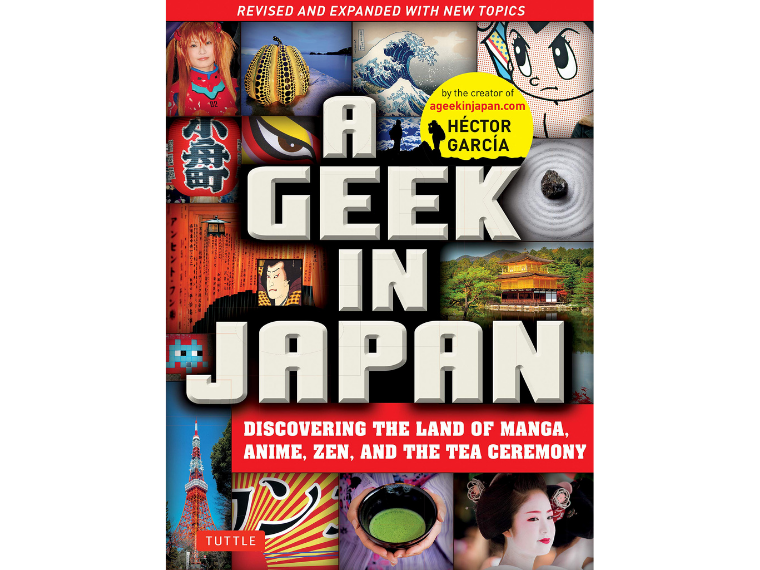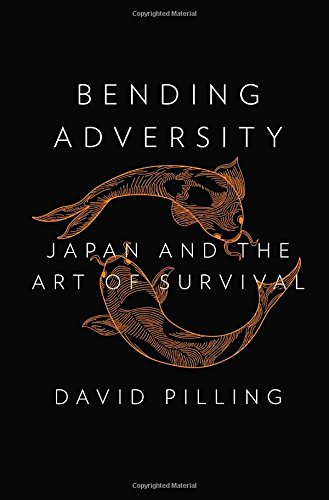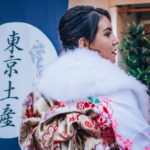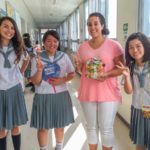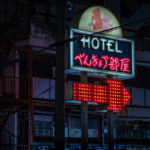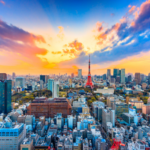This is for all the bibliophiles who love Japan. Reading is a gateway to learning all about the world. It’s also a good way not to jump into something completely blind. With this curated list, I’ll be giving you the best books to read before you visit Japan. You’ll find the best books on Japanese culture, books set in Japan, Japanese culture books, and Japan travel.

1. A Brief History of Japan: Samurai, Shogun, and Zen by Jonathan Clements
For a deep dive on Land of the Rising Sun, read A Brief History of Japan: Samurai, Shogun, and Zen by Jonathan Clements. As far as novels about Japan go, you’ll peek into the lives of real Japanese—from badass teenage priest-queens to teeming hoards of salarymen. With great wit, author Clements blends documentary and storytelling to weave a riveting tale combining past, present, and future.
Trust me when I tell you, the history of Japan can get pretty boring and tedious. (When I worked on the JET Program, I was really good friends with the history teacher.) This book is anything but boring. I would recommend Clement’s book as the best book on the history of Japan.

2. A Geek in Japan by Hector Garcia
If you’re up to date with Japan’s latest trends, then A Geek in Japan by Hector Garcia is for you. It decodes mysteries of Japanese language, social values, and daily habits. It even goes into business, technology, the arts, and practices that are peculiarly Japanese. I recommend A Geek in Japan as one of the best Japan guidebooks.
3. A Tale For The Time Being by Ruth Ozeki
A Tale For The Time Being by Ruth Ozeki tell the story of troubled teen Nao. After being severely bullied, she decides to end it all. Before she does, Nao decides to document the life of her great-grandmother who lived and worked as a Buddhist nun. Her diary is her only solace and touches lives in a way she can only imagine.
Across the Pacific, Ruth discovers Nao’s diary in a Hello Kitty lunch box that washes up on shore. She tries to decode the diary. As the mystery unfolds, Ruth is pulled into the past, and Nao’s unknown fate.
4. Bending Adversity by David Pilling
Bending Adversity by David Pilling has a fresh new perspective and starts with the 2011 Fukushima Tragedy. In this book, he writes about Japan’s vulnerabilities and resilience. It pushes him to understand the country’s past through cycles of crisis and reconstruction. Pilling gives his observations on former prime minister Junichiro Koizumi, industrialists and bankers, activists and artists, teenagers and octogenarians. As an economist, he also takes on Prime Minister Shinzo Abe and his radical anti-deflation policies. (Mind you, I’m a big fan of dragging Abe because I CANNOT stand him or his policies.) Bending Adversity by David Pilling shows a multifaceted view and nuanced representation of the often misunderstood island nation.
5. Convenience Store Woman by Sayaka Murata
Convenience Store Woman by Sayaka Murata is a very short read. It’s quirky, profound, and we can all relate to the main character who often feels adversity with the world. The book follows Tokyo resident Keiko Furukara—a misfit who can’t blend in at work or home.
After graduating from high school, Keiko begins working at Smile Mart. She instantly realizes her purpose in life. This job brings her happiness. This convenience store woman is able to exist in a place where social rules and interaction are crystal clear. (It’s laid out clearly in the store’s manual.) Keiko does her best to copy the dress, mannerisms, and mode of speech of her colleagues.
Managers come and go, but Keiko stays there and stays the same. At age 36, her family starts pressuring her to settle down, find a husband, and get a “real” profession. Although this book is fiction about Japan, you can very easily spot the problems that result from strict cultural norms. Convenience Store Woman highlights society’s work expectations and the ability to conform. If you love a story with a strong female protagonist, I highly recommend it!
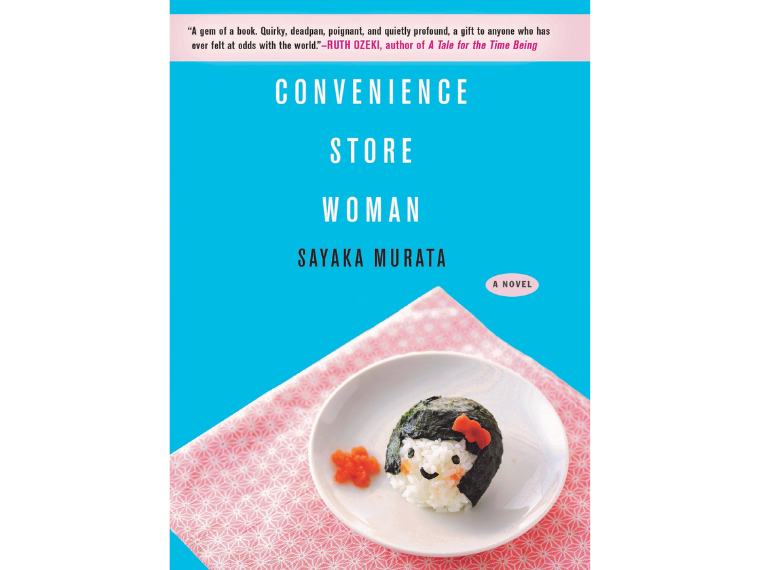
6. Geisha, A Life by Mineko Iwasaki
Mineko’s life was used as inspiration for Memoirs of Geisha. There are many historical inaccuracies of the geisha profession. They are not glorified prostitutes, but artists, dancers, and singers. Mineko tells her story with great wisdom and sensitivity. She shows us a true story of beauty and heroism, and of a culture rarely revealed to the Western world. If you’re looking for factual and historically accurate books about geisha, then this is a must read.
Geisha, A Life by Mineko Iwasaki follows the most successful geisha of her generation. Mineko was only five years old when she left her parents’ home for the world of the geisha. For 25 years, she would live a life filled with extraordinary professional demands and rich rewards. In the realm of Japanese memoirs, this is one of my favorites.
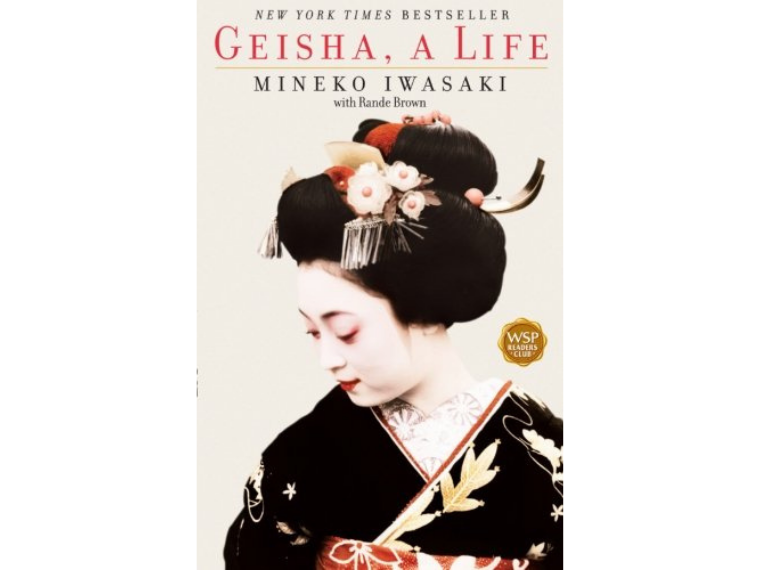
7. Hokkaido Highway Blues by Will Ferguson
This book is an autobiographical travel diary of the adventures of Canadian Will Ferguson. He hitchhiked from Okinawa all the way to Hokkaido to chase down Japan’s gorgeous cherry blossoms. In Hokkaido Highway Blues, Will highlights his misadventures… In terms of a Japan travelogue book, this is certainly a unique one.


8. Hiroshima by John Hersey
I actually read this book a long time ago as a high school student. Hiroshima by John Hersey totally changed my life and perspective about what happened during World War II in Japan.
The story begins August 6, 1945 when the atomic bomb was dropped. You meet six survivors and witness the horrors they suffered. The book has since been updated to include the aftermath of the survivors and what happened following the tragedy.
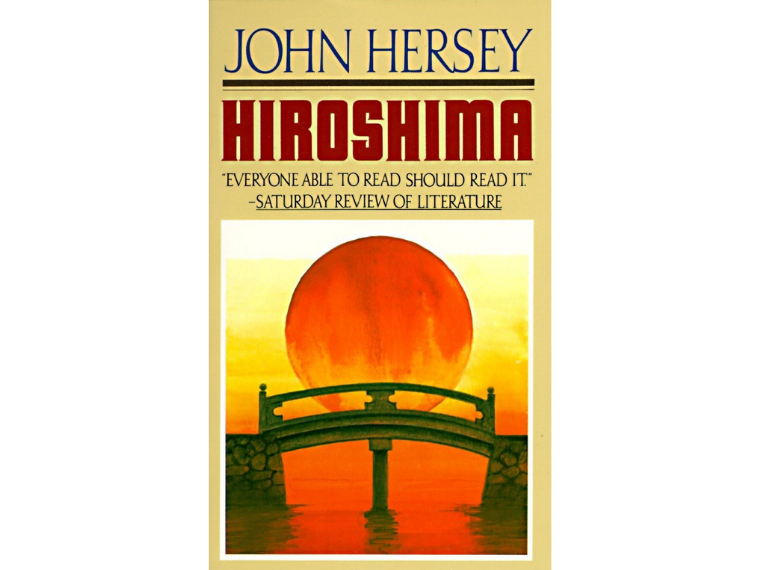
9. Japanese Ghost Stories by Lafcadio Hearn
I honestly wish I would have had a book like this before I left for Japan. It would have helped me understand cultural nuances and my students. In Japanese Ghost Stories by Lafcido Hearn, you’ll read classic Japanese tales about beautiful princesses who turn out to be frogs, and deadly spectral brides who haunt the living. If you’re a fan of ghost stories and the horror genre, you absolutely cannot miss this one! Also, be sure to check out my blog post on Japanese Horror Films You Absolutely Need To Watch!
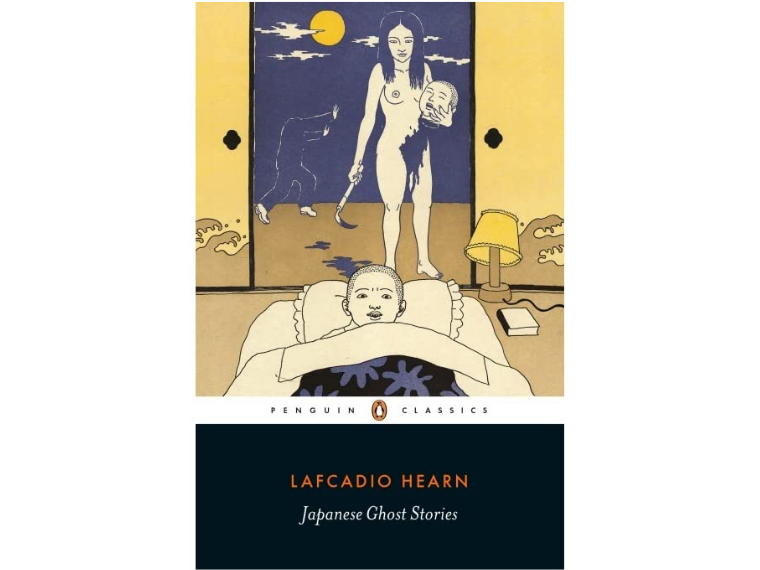
10. Lonely Planet Japan
Lonely Planet has a reputation to uphold and in my honest opinion is the best travel book for Japan. I’ve been reading these books since they started coming out and now this book is on its 17th edition. Wild, right? What I like most about these books is that they’re constantly updated to include the most relevant information. The writing, photography, and descriptions are always on point. Look no further than Lonely Planet for the best travel books on Japan.

11. Lost Japan by Alex Kerr
Lost in Japan by Alex Kerr was originally written in Japanese. The story talks about Alex’s personal experiences in Japan over the last thirty years. Kerr’s writing shows the ritualized world of Kabuki, and his initiation into Tokyo’s boardrooms during the heady Bubble Years. The book is told passionately and from a deep love for the country.

12. Making Out in Japanese
This is one of my favorite books of all time for learning language. I love this series because they give you real life language most people use. This means you’re not gonna be using textbook phrases, but real conversation. Making Out in Japanese covers topics such as ordering at a restaurant, insulting people, and what to say in the bedroom.
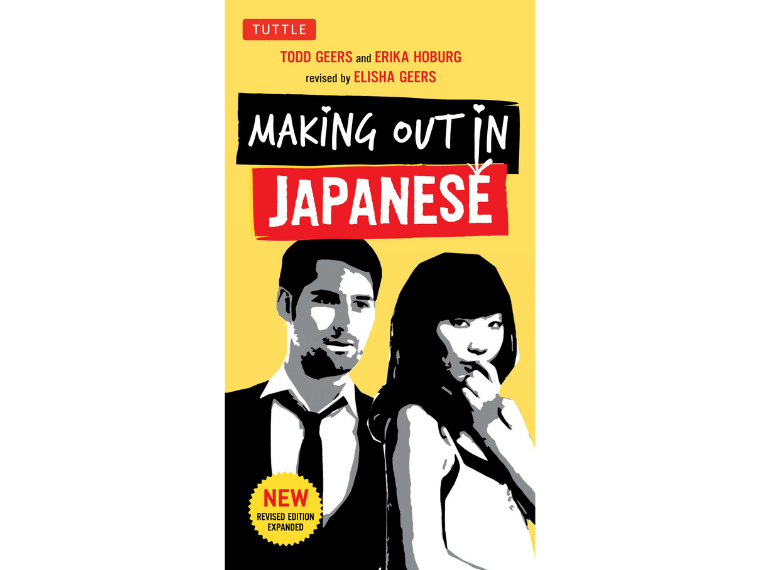

13. Memoirs of a Geisha by Arthur Golden
One of the most famous Japanese books, Memoirs of a Geisha by Arthur Golden is a fantastic work of fiction. I read the book after I watched the film starring Chinese actress Ziyi Zhang. If you haven’t seen the movie, you can watch Memoirs of a Geisha on Amazon Prime here. Take this book with a grain of salt because there are a lot of historical inaccuracies in it. The author interviewed real life Geisha Mikeko Iwasaki and the book is very loosely based on her life.
The story is told from Sayuri’s point of view. She is the blue-eyed daughter of a poor fisherman. To put food on the table, her father sells Sayuri and her sister into slavery at a renowned Geisha house. We witness Sayuri’s rise as the top geisha and her journey to gain the love of the chairman.
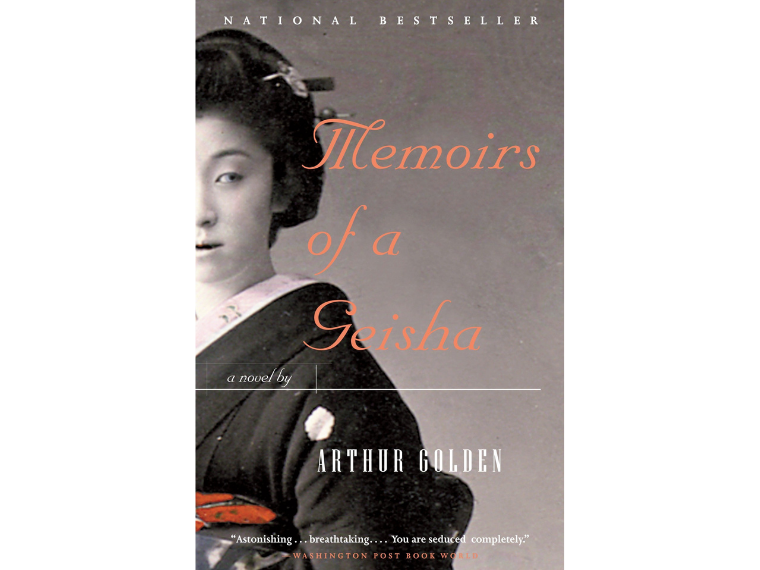
14. Nihongo Fun & Easy Survival Japanese Conversation for Beginners by Yukiko Ogata
If you don’t want to waste time learning Japanese, this is the book for you. I’m all about practicality and Nihongo Fun & Easy by Yukiko Ogata is a fantastic read. This book includes task based lessons with conversation practice and listening practice questions. It also includes readings written in Roman letters for learners who can’t read Japanese kana yet.
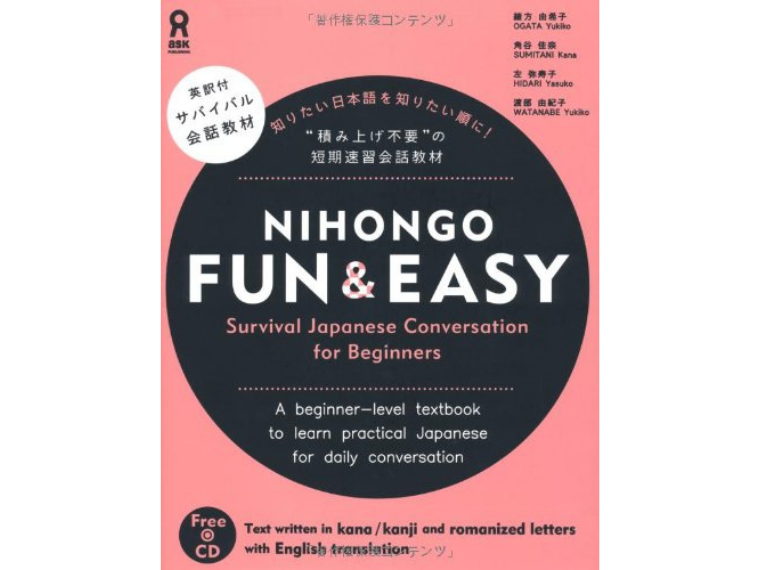

15. Pure Invention by Matt Alt
Japan media veteran Matt Alt takes us down the road of how Japan’s popular culture took the world by storm. Pure Invention by Matt Alt shows how cultural sensations like Hello Kitty, Nintendo, and Dragon Ball Z were more than marketing hits. He teaches us how Japan’s popular culture remade the globe and become the phenomenon we now enjoy today. Yay for Sailor Moon, amirite?
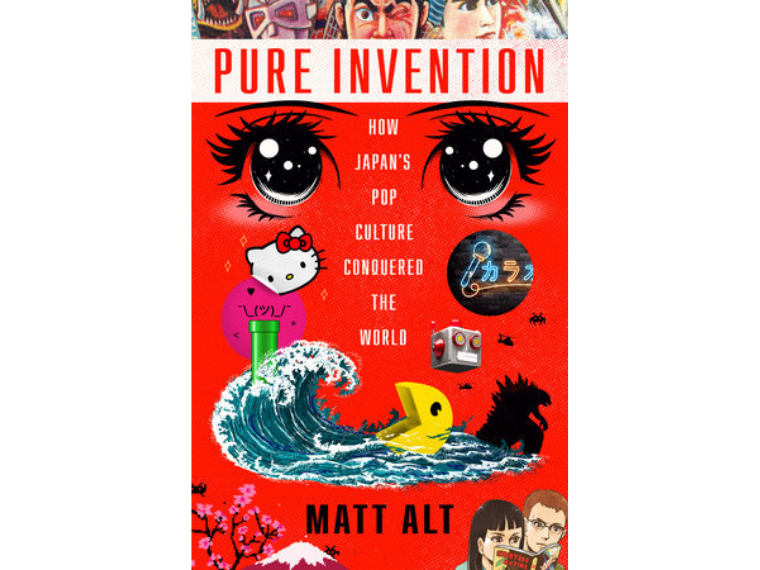
16. Rice Noodle Fish: Deep Travels Through Japan’s Food Culture by Matt Goulding
Rice Noodle Fish by Matt Goulding is the perfect book for all foodies. The culinary culture of Japan is so fascinating. Japanese dishes bring subtle flavors together by blending them to make a delicately delicious tasting meal. In his 5,000-mile journey through Japan’s noodle shops, tempura temples, and teahouses, he shows the intersection between food, history, and culture.
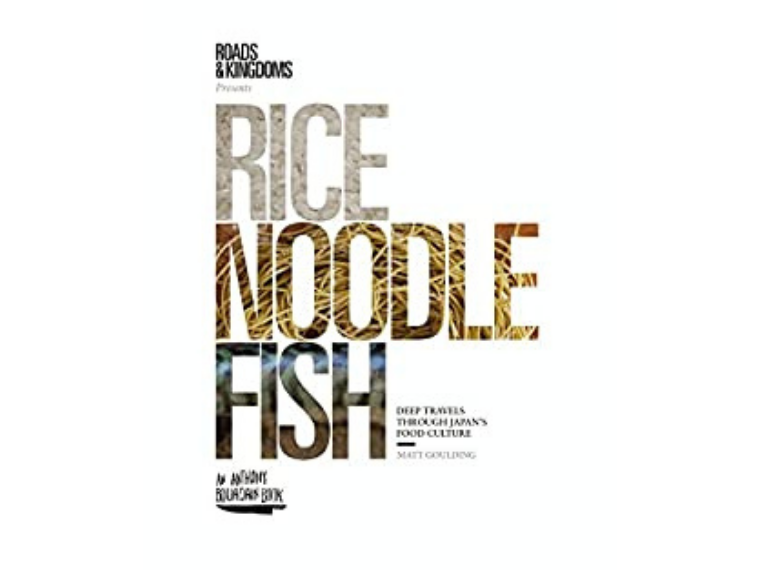
17. Speak Okinawa: A Memoir by Elizabeth Miki Brina
I have a soft spot for books written about Okinawa. I lived there for three years and experienced its unique culture. This little island is so different from mainland Japan and holds a special place in my heart. I was completely taken with Brina’s writing style.
Speak Okinawa by Elizabeth Miki Brina chronicles the story of her mother. She was working as a nightclub hostess on U.S. occupied Okinawa when she meets Miki’s father. The language barrier and power dynamic is immediately seen. Elizabeth’s mother moves to predominantly white upstate New York. The author then quickly describes the trappings of white suburbia and identity issues she grappled with growing up. Decades later, Elizabeth realizes shame and self-loathing haunt both her and her mother.
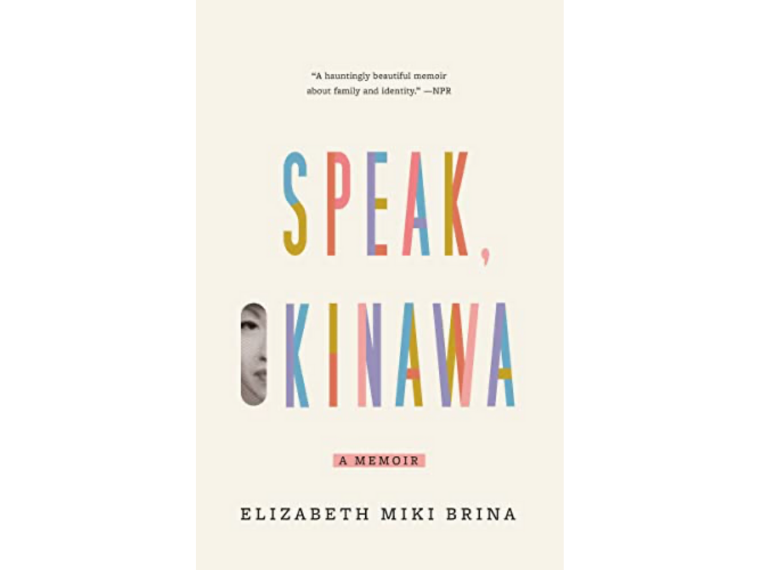
18. Strange Weather in Tokyo
Strange Weather in Tokyo is about a woman named Tsukiko who works in an office and lives alone. One night she runs into her old high school teacher in a bar. Sensei is thirty years her senior, retired and presumably a widower. We navigate with them together through modern day thinking in Japan versus the older ways. As they get to know each other, the stages of their love are attributed to the beautifully changing seasons.
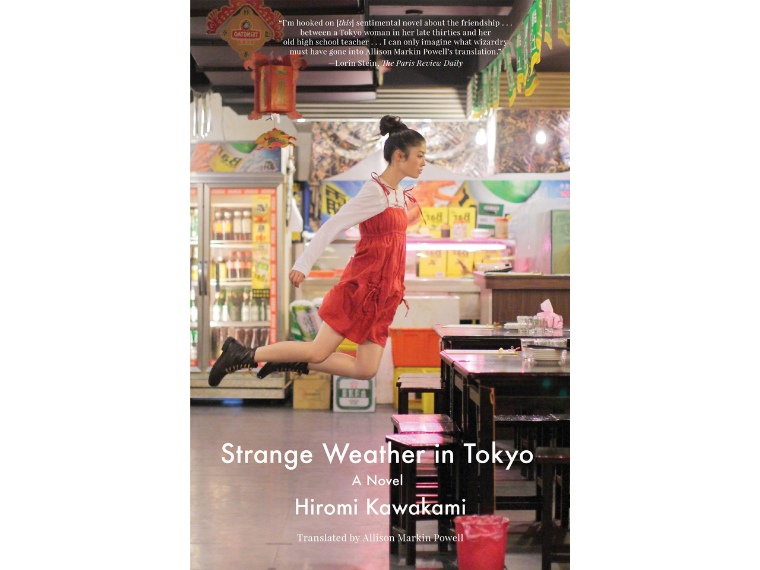
19. The Bells of Old Tokyo by Anna Sherman
Japan was a secluded and secretive island nation from 1632 until 1854. The strict laws prohibited contact with foreign countries. This near isolation contributed to the very unique culture of Japan we see today. Sherman searches for the Great Bells where inhabitants of Edo (now Tokyo) kept the hours in the shoguns’ city. We see her friendship with a Japanese coffee shop owner. She tells stories of an old woman who escaped the American firebombs of World War II. We even meet a scientist who builds the most accurate clock in the world. The Bells of Old Tokyo by Anna Sherman is a remarkable read that comments on time, history, memory, and impermanence.
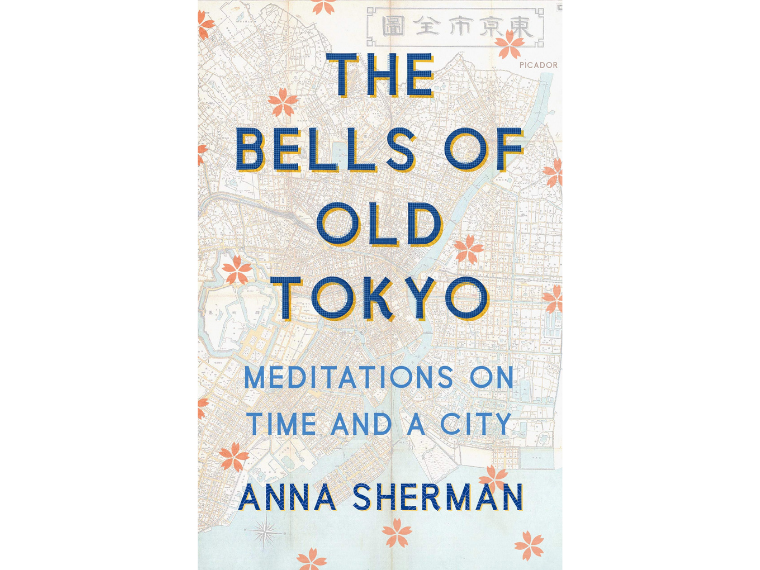

20. The Tale of Genji by Murasaki Shikibu
Aristocrat Murasaki Shikibu wrote The Tale of Genji during the Heian period (794-1185 CE). It is is widely considered the world’s first novel. This novel is a sophisticated tale about Japan’s remarkable history of artistic achievement. This is one of the OG books set in Japan.
Our hero is Genji who is the son of the emperor and his favorite concubine, Kiritsubo. A Korean sage predicts a brilliant future for Genji. His mother suffers the jealousy of rivals at court, becomes ill, and dies. Unpopular Genji is demoted, and his half-brother is made crown prince. The first part of the tale shows us how Genji becomes a handsome and talented young man. He uses these talents to sleep around and becomes a threat to the crown prince because of his popularity.
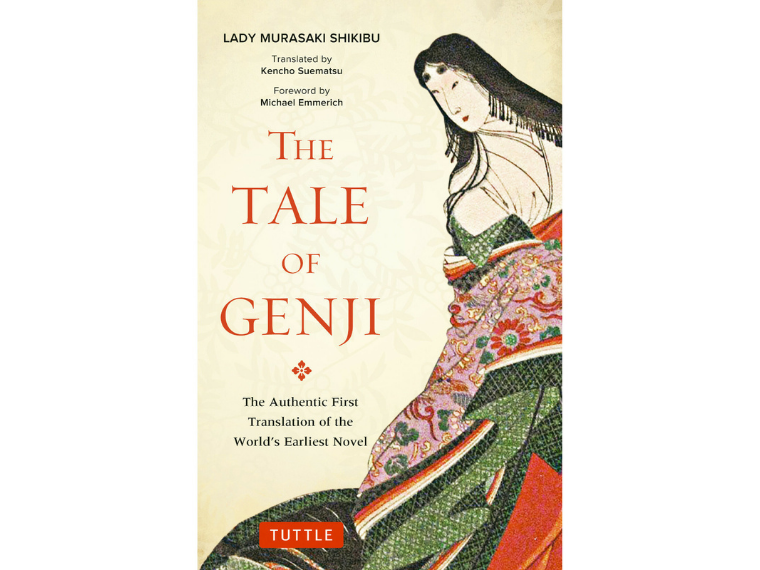
21. Tokyo Cheapo: A Cheapo’s Guide To Tokyo by Aaron Baggett
One of the most expensive cities in the world is Tokyo. I would also gander to go as far as this being the best Japan travel book in terms of Tokyo. A Cheapo’s Guide to Tokyo by Aaron Baggett is best for getting the most bang for your buck while traveling Tokyo.
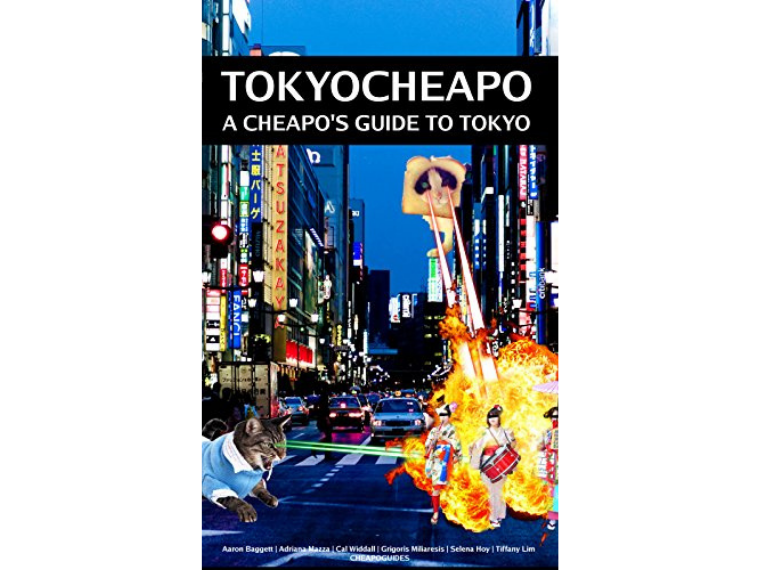

22. Tokyo Ever After by Emiko Jean
If you’re looking for a lighthearted young adult book, I recommend Tokyo Ever After by Emiko Jean. The story follows Izumi aka Izzy who is an outspoken Japanese American in her small, mostly White, northern California town. She accidentally discovers a clue about her father who happens to be the crown prince of Japan. As his descendant, this makes her a princess! This book is a charming blend of The Princess Diaries and Crazy Rich Asians.
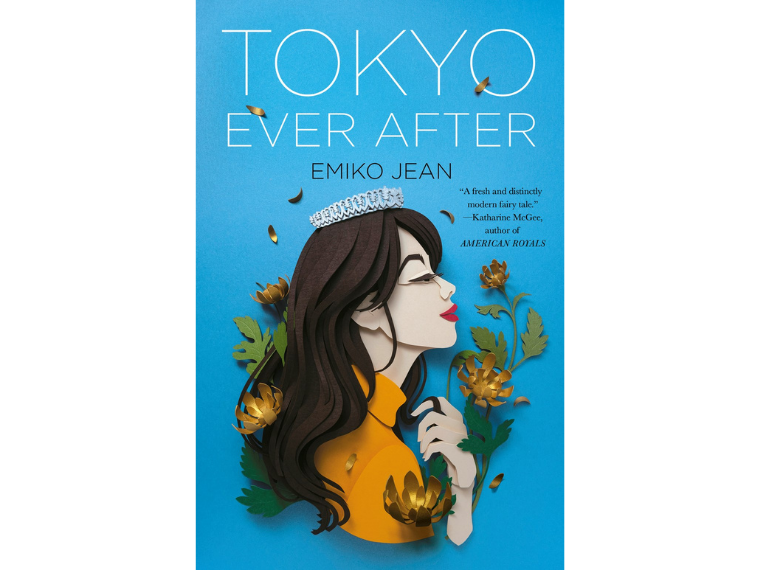
23. Tokyo Lonely Planet
I can’t stop recommending Lonely Planet Tokyo. This book is your passport to the most relevant, up-to-date advice on what to see and skip, and discoveries galore. They’ll show you how to experience Shinjuku nightlife, escape the modern world at Meiji-jingu, and tour the contemporary architectural marvels of the city. This is one of the most comprehensive books about Tokyo.
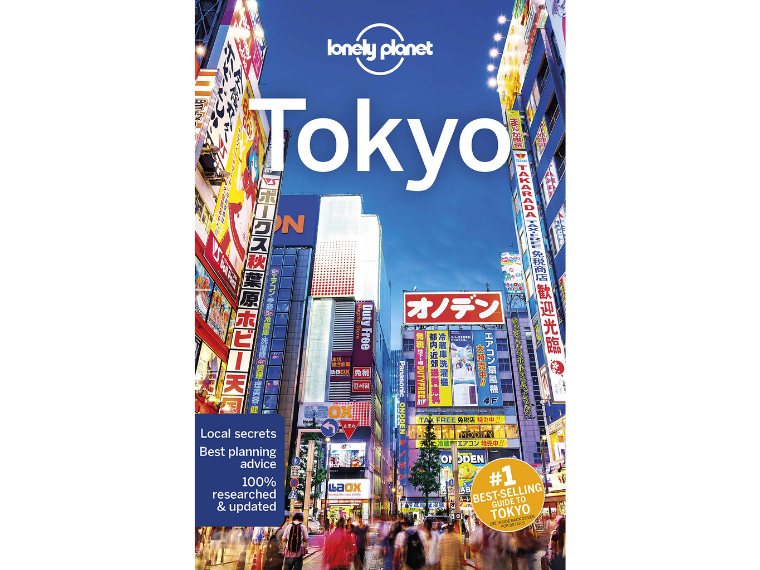
24. Tokyo Ueno Station by Yu Miri
This book is a bit of a tear jerker. Tokyo Ueno Station by Yu Miri follows a homeless ghost named Kazu. He was born in Fukushima in 1933 and still haunts Ueno Station. Kazu’s life in Tokyo began and ended in the famous Ueno Park.
He arrived as a worker during the preparations of the 1964 Tokyo Olympics. He ended his days living in the vast homeless village in the park. We see his trauma from the destruction of the 2011 tsunami and announcement of the 2020 Olympics. Through Kazu’s eyes we see his personal story of how loss and society’s inequalities sealed his ghostly fate.
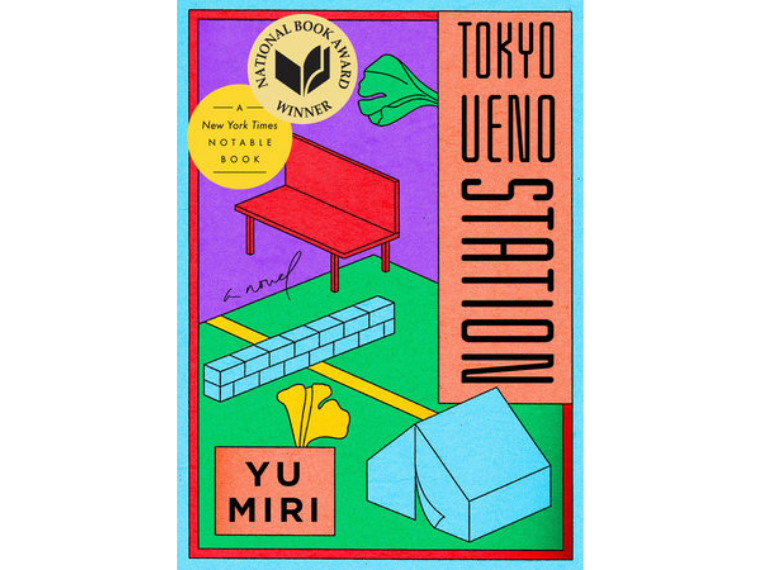
25. Untangling My Chopsticks: A Culinary Sojourn in Kyoto by Victoria Abbott Riccardi
One of the most unique cities for culinary excitement is Kyoto. Untangling My Chopsticks by Victoria Abbott Riccardi take us on a foodie adventure of a lifetime. I love a good “fuck this shit I’m out” tale and this book definitely delivers.
Two years out of college with a degree from Le Cordon Bleu in Paris didn’t make her happy. Victoria Riccardi left a boyfriend, New York City apartment, and a fancy job in advertising to move to Kyoto. She decided to study kaiseki, which is the exquisitely refined form of cooking that accompanies the formal Japanese tea ceremony. Through special introductions and personal favors, Victoria was able to attend one of Kyoto’s most prestigious tea schools.
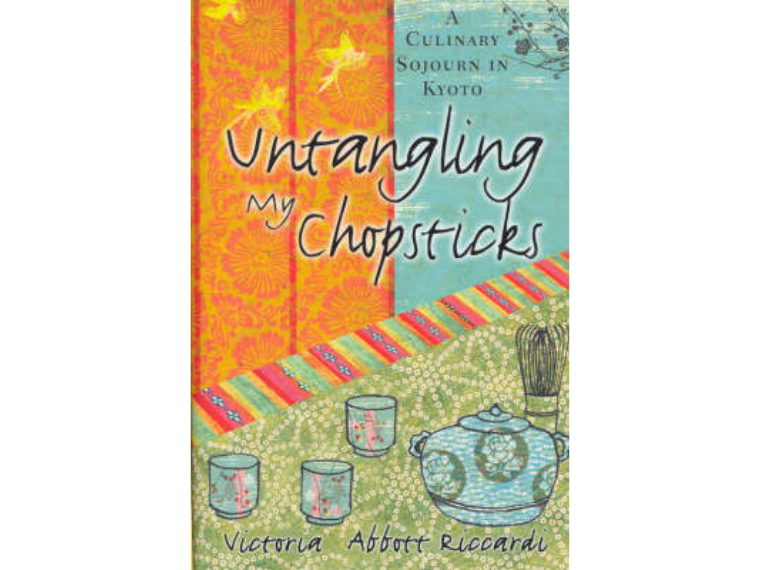
I hope you enjoyed this list on travel books on Japan and the best Japan books. This list covers a variety of topics from Japanese history, Japanese culture, Japanese food, and travel in Japan. Bookmark this post because I will definitely be adding to this list!

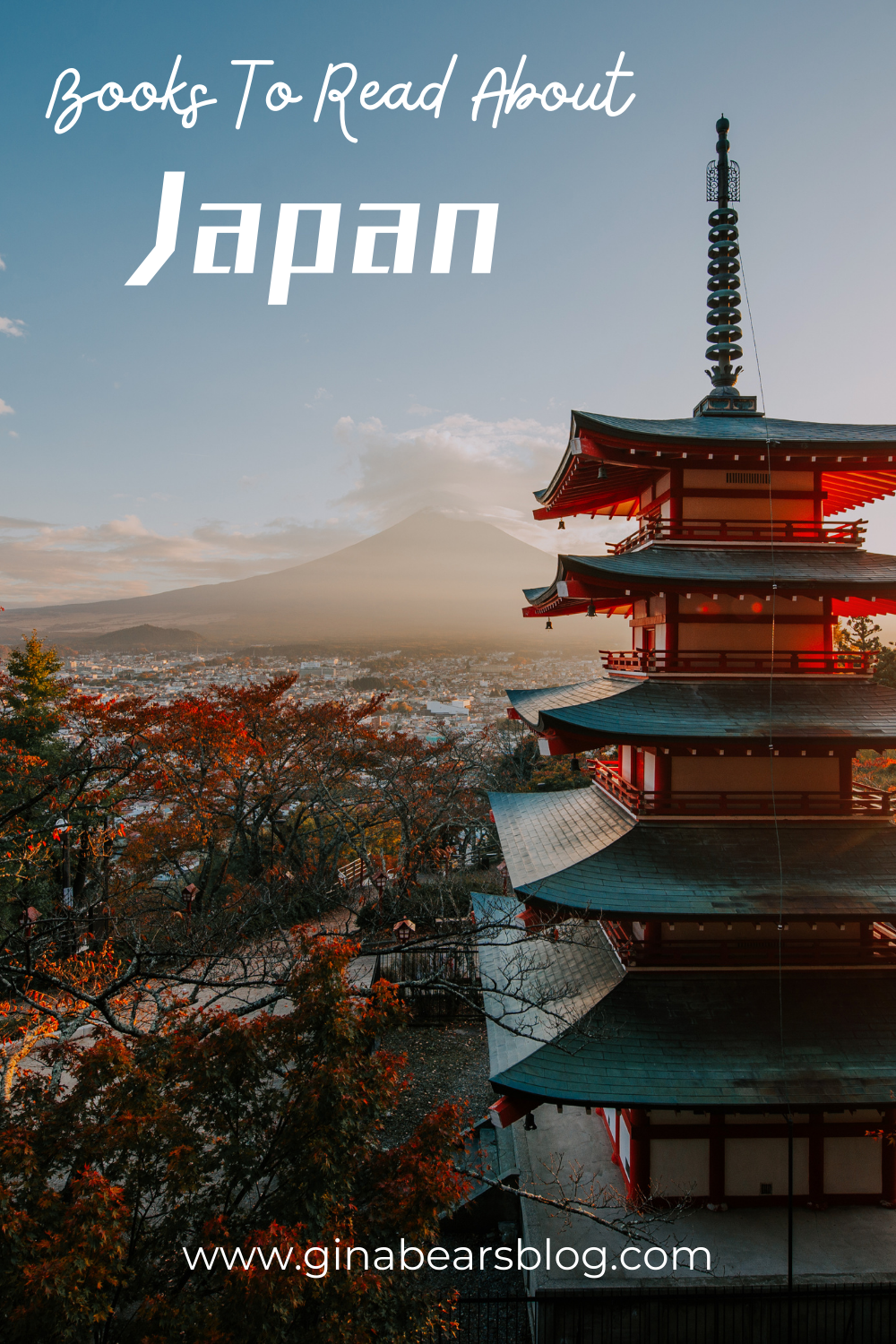
This post contains affiliate links which means at no additional cost to you, I make a small commission to help keep Gina Bear’s Blog running. Thanks for your support!

Japan Travel Guide E-Book
Planning on traveling to Japan?
Enter your name and email address and click the button below to receive your Easy Japan Travel Guide so you can travel like a local!

